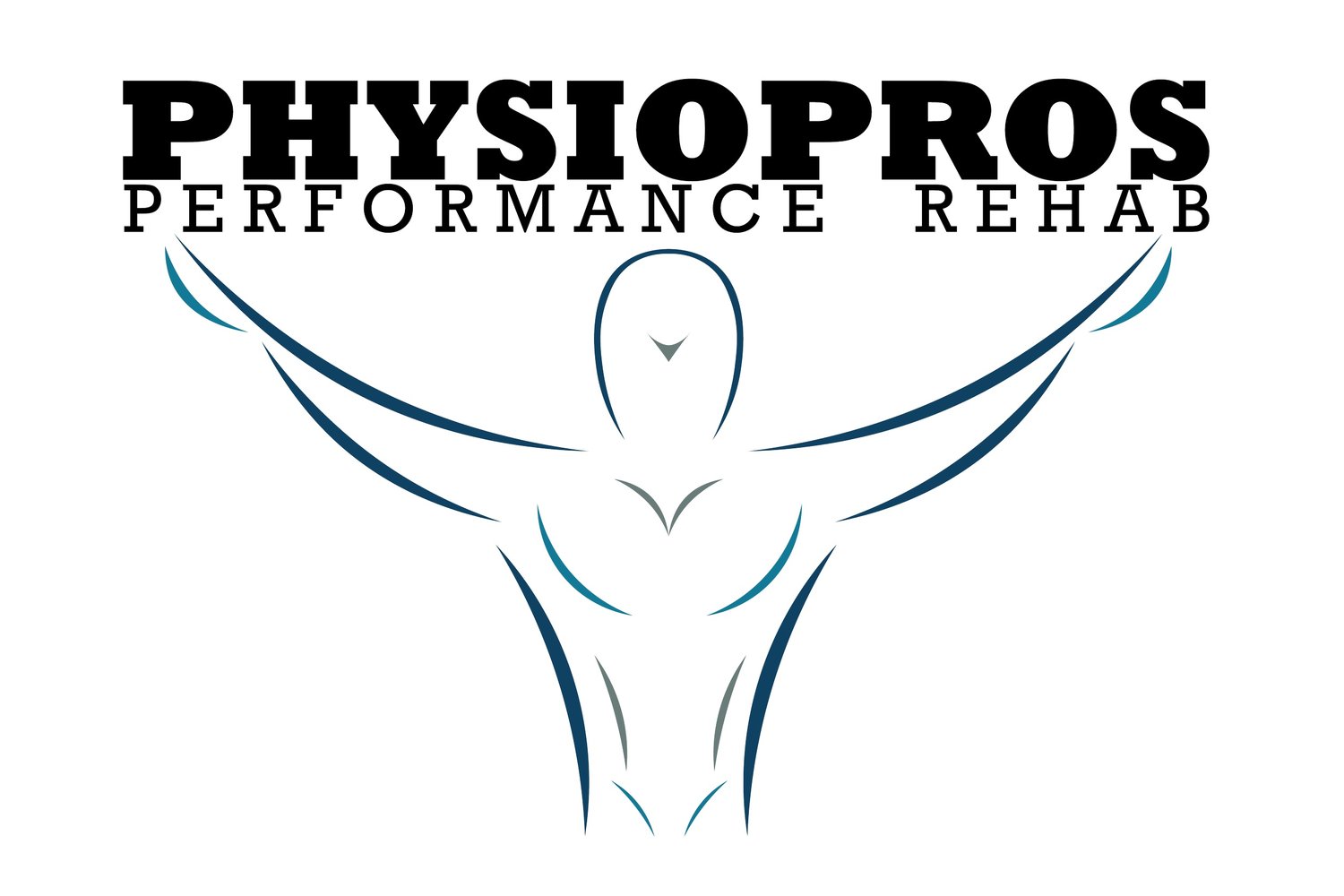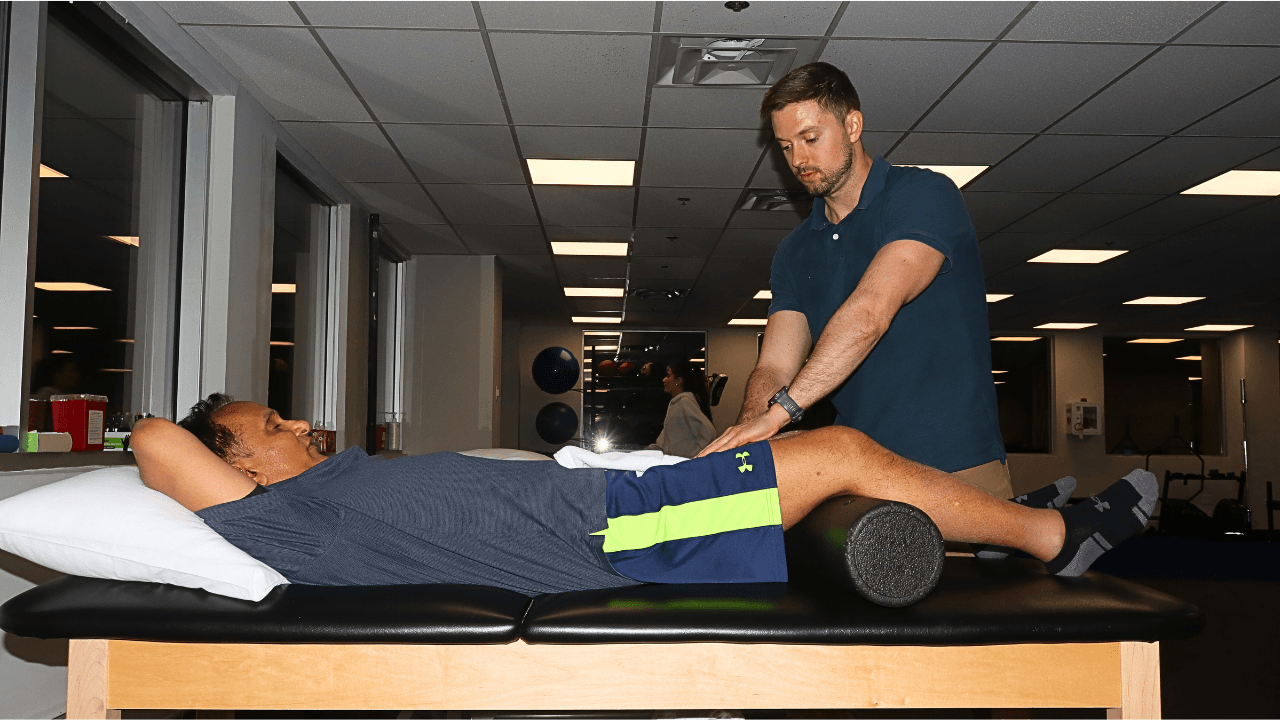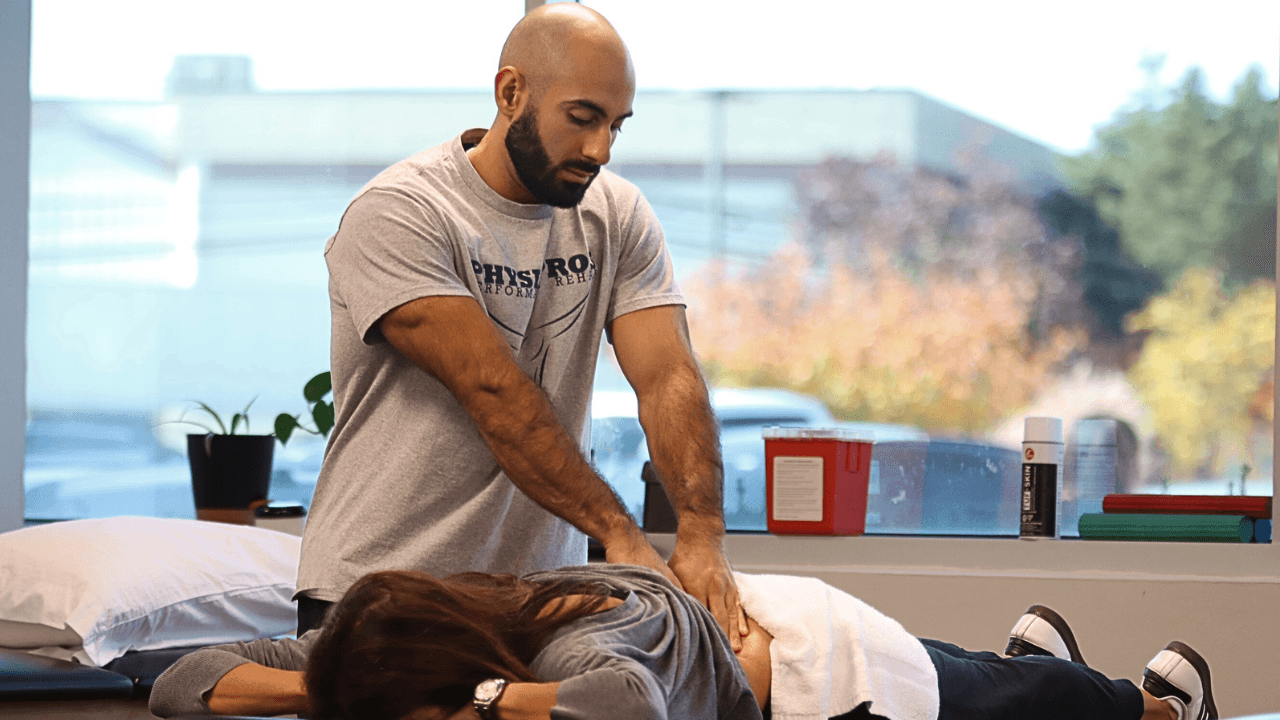Myofascial Release
What Is Myofascial Release?
Benefits of Myofascial Release
Patients choose myofascial release at Physiopros for a wide range of reasons, including:
Reduced muscle tension and pain
Improved posture and alignment
Increased flexibility and mobility
Relief from headaches, TMJ, and neck pain
Faster recovery from injury or surgery
Better movement efficiency for sports and daily activities
↓
Conditions Treated
Our physical therapy team uses myofascial release to help treat:
Chronic back, neck, and shoulder pain
Sports injuries and overuse conditions
Fibromyalgia and chronic pain syndromes
Post-surgical scar tissue and adhesions
Plantar fasciitis
TMJ dysfunction
Restricted mobility due to poor posture or injury
- and more!
Why Choose Physiopros Performance Rehab
At Physiopros Performance Rehab, we combine advanced manual therapy techniques with individualized exercise programs to ensure lasting results. Our one-on-one treatment model means you’ll always work directly with a licensed physical therapist who understands your unique goals and challenges.
We don’t just treat symptoms, we address the underlying causes of pain and dysfunction to help you return to the activities you love.
Myofasical Release FAQs
Q: What is myofascial release?
A: A hands-on physical therapy technique using gentle, sustained pressure to release tight fascia (connective tissue) and restore pain-free movement.
Q: What conditions can it help?
A: Neck and back pain, headaches, shoulder/hip tightness, plantar fasciitis, TMJ, post-surgical scar tissue, sports/overuse injuries, and general mobility limits.
Q: Is it the same as massage?
A: No. Massage focuses on muscles; myofascial release targets the fascia with longer holds to address root restrictions.
Q: Is it safe?
A: Yes for most people. We screen for contraindications (acute fractures, open wounds, certain medical conditions) and modify as needed, including during pregnancy.
Q: Do you combine it with other treatments?
A: Yes. We often pair myofascial release with joint mobilization, dry needling, and individualized exercise to lock in changes.
Q: How many visits will I need?
A: Many patients feel change in 1–3 visits; lasting results typically require a customized plan over several weeks, paired with corrective exercises.


